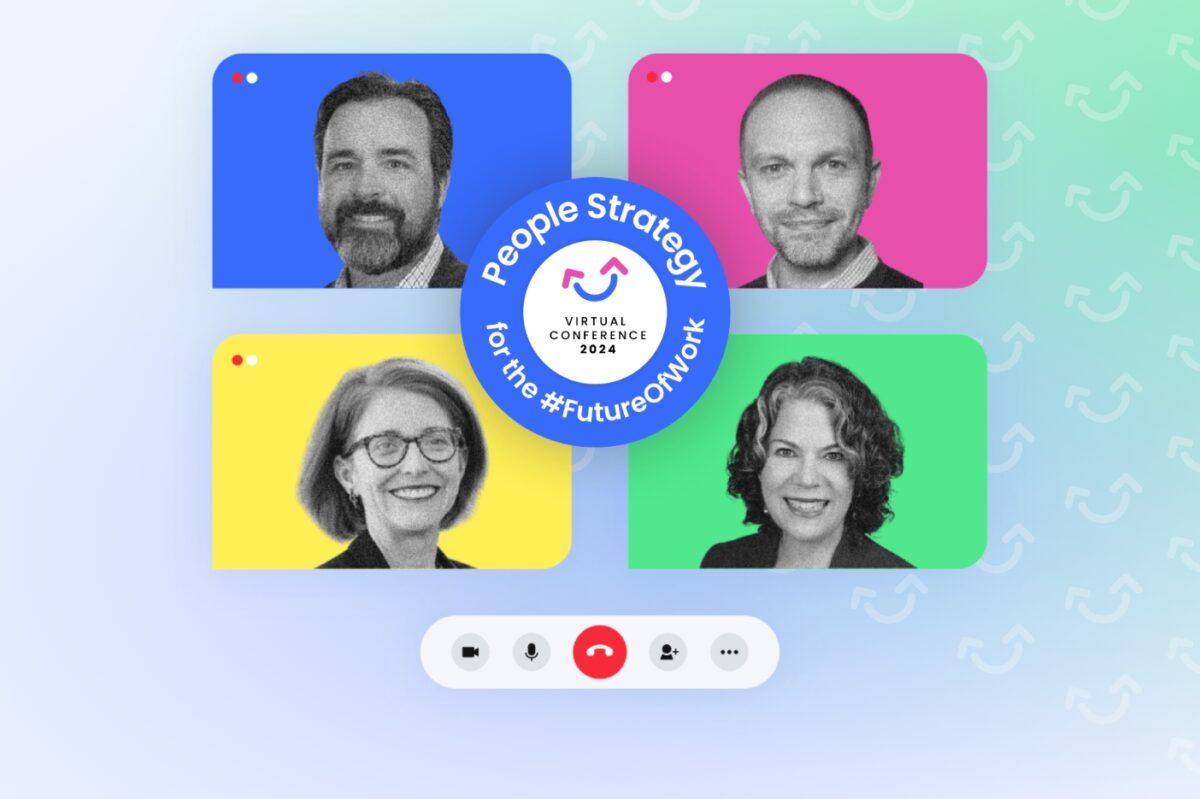Building a workplace culture from the ground-up requires some effort. But that’s an understatement. It actually requires a lot of effort!
Here are some tips that can help you build an organic and enviable workplace culture from the ground up.
Don’t Worry About What The Others Are Doing
When laying down the framework for organizational culture, it’s easy to look at what all the others are doing and model your own organization along those lines. However, that’s one of the biggest mistakes you can make.
Culture is an indefinable quality that should be unique to every organization. Just because you are a young software company, you don’t need to model yourself along the lines of Silicon Valley. Just because you are an entrepreneurial start-up, you don’t need to embody the idea of Wall Street. All the organizations with distinctive cultures today did one thing. They built a something that was uniquely their own and cannot be emulated elsewhere.
A pressure to build a culture that is cool, with-it and attracts the best talent is immense. But that is exactly why you should build something that feels organic and natural to you. You build a culture that you think best embodies your organization, and the rest will follow.
Align Your Culture To Your Core Values
A culture that fits into your core value system is going to be a lot easier to adopt, rather than a culture you create just because everybody else is doing the same. While core values are also something that you figure out through trial and error, you should know that they play a big role in shaping your company’s culture. Before we get into how core values shape culture, I’ll explain what exactly core values are.
An organization’s core values are its fundamental beliefs. These can include values such as loyalty, honesty, innovation etc. Organizations will base their policies, their business practices etc around these values. It is important for an organization to have core values because not only do they help organizations make decisions, but they also help organizations follow a business path.
For example, if one of your core values is Diversity, then your culture should actively promote that value. That includes activities which all employees can participate in, benefits and opportunities that are tailored to the different kinds of people in your organization. It may seem like you are carrying out a delicate balancing act but as the HR manager, what you promote, how you behave sets the precedent. You get to draw up policies and benefits. Everybody else follows your lead.
Culture Should Be All Encompassing
This brings me to my next point. Culture should be all encompassing. One of the main purposes of culture is to inspire a community-like feel in the organization. And you cannot build a community, or have people feel like they are a part of a community, if they feel left out or ignored. Before you apply a type of culture to your organization, check to see, does it cover everyone? Friday Happy Hour seems like a good idea, unless half your organization is composed of teetotalers who abstain from consuming alcohol for one reason or another. In that case, Friday Happy Hours are a terrible idea. As far as possible, try to include everyone in the culture you envision for the organization.
Hire People To Fit Your Culture, Not The Other Way Around
Once things begin falling into place and you begin to see a pattern of culture, slowly begin to look for people who embody it in different ways. This does not mean you have to keep looking for the perfect employee forever. Instead look for people who complement the team with their skill-set, personalities and quirks. Good workplace culture is made up of a variety of different elements and perspectives. The one thing that culture should not be is, homogenous.
Culture Should Not Be The Same
Culture has to evolve as an organization grows. Think about it. In an organization, nothing remains static. Employees will come and go. The organization might change hands. Leaders will come and go as well. Through it all, the culture of an organization has to change as well. You cannot hold on to old ways, just because they are beloved to you.
Check To See If The Culture You Build Looks To Become Toxic
There have been so many instances where companies developed a culture for themselves which turned toxic over a period of time. And very often, it’s not easy to see the signs as well because, over time, employees tend to adapt to an organization. One way to tell when your culture has gone off the rails is to note the behaviors of your star employees, who embody the ideals of your organization without even trying. When a workplace culture becomes toxic, these employees become visibly disengaged, lose morale, and might even quit their jobs!
This article will help you get started. However, building a workplace culture that works for your organization takes a lot more effort. Be sure to do exhaustive research and don’t be afraid to experiment!
Engagedly is a performance management application.
To know how Engagedly can help your organization, request a demo today!
Request A Demo
Author
Jacqueline Martinez
Director of Marketing
Jacqueline Martinez is the Director of Marketing at Engagedly, where she leads initiatives to fuel the marketing-to-sales pipeline through strategic content management, revenue operations, and thoughtful mentoring. She is a growth-focused marketing executive with extensive experience driving multi-million-dollar revenues across SaaS, technology, real estate, oil & gas, and financial services industries.






